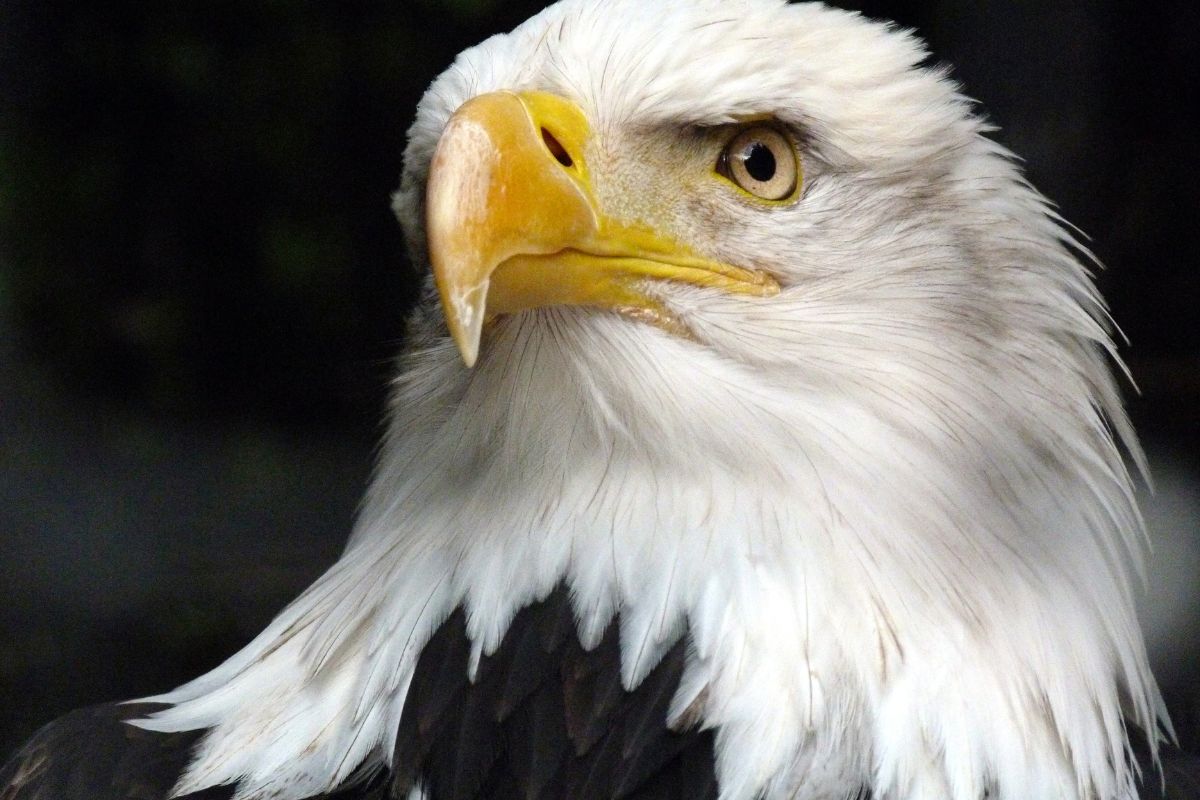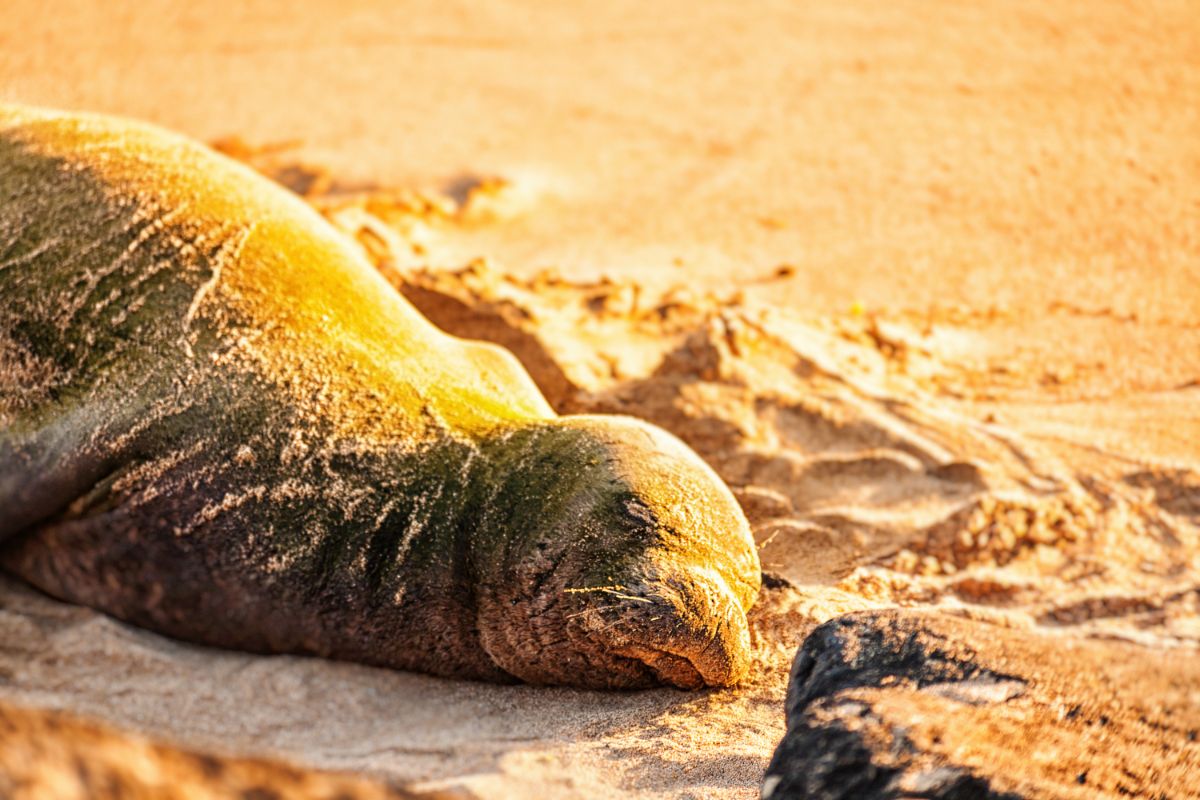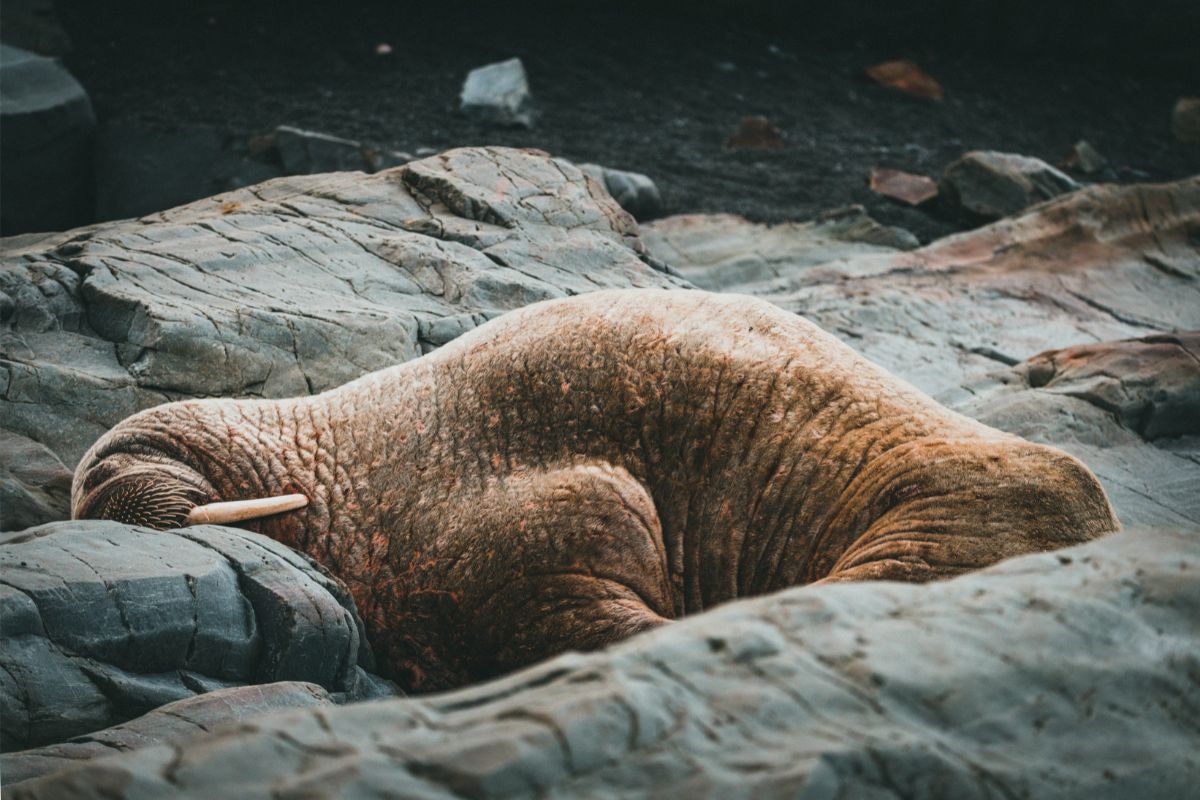Spotting wolverines out in the wild is always very exciting, thanks to how rare they can be and just how unique they look.
However, with populations of wolverines being so small, and with many of them being isolated to specific Northern regions of the United States where the effects of climate change are already being felt, it has led some to become concerned that wolverines may become endangered.
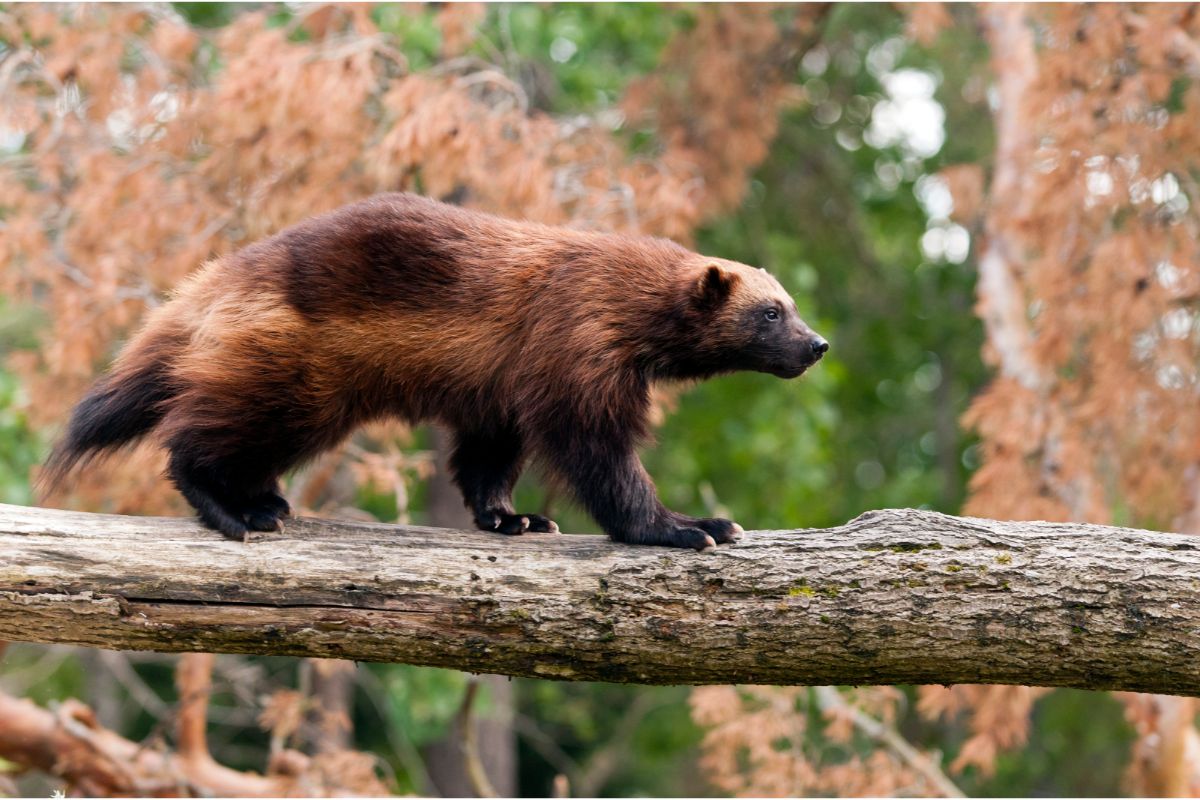
Though they may currently be considered to be of the least concern when it comes to conservation, their population still continues to decrease.
This has led many conservationists, and even everyday people to wonder what they can do to help protect wolverine populations, to help to save them from extinction.
Want to know what you can do to help protect wolverines, and what to do if you spot them? Then make sure to read below, because we have everything you could possibly need to know!
How Can We Protect Wolverine Populations?
The main reason that wolverines are considered to be an endangered species now is because of the immense impact that climate change will have on their population.
Wolverines live in very snowy environments and often depend on areas of heavy snowfall in order to give birth to and raise their young.
However, year on year, levels of snow even in some of the Northernmost areas of the United States are beginning to fall, which has led many conservationists to become concerned about the continued survival of the species.
If you want to help protect wolverines from the impacts of climate change, then make sure to do your part in lowering carbon pollution.
Make sure to recycle, and reuse things across the house, and try your best to avoid waste. Also, make sure not to waste precious resources.
Though these may seem like small actions, they can have a significant impact in helping to reduce carbon emissions.
Conservationists are also making concerted efforts to observe and protect wolverines in the wild.
Until recent years, because of their elusive nature, wolverines have long been considered difficult to research.
However, due to the fact that their populations are declining, conservationists are putting more effort into tracking and understanding wolverines, in order to help protect them against the palpable effects of climate change.
Conservationists have also begun warding hikers and other tourists to recreational parks away from areas that have been noted as denning spots.
This helps to prevent the need for wolverines to make dangerous treks to find suitable habitats whenever they feel as though they are under threat. This helps to allow wolverines to safely reproduce and increase their population numbers.
Infrastructure is also being put into place across areas where populations of wolverines are higher.
The infrastructure is designed to make it easier for wolverines to head from one habitat to another without having to cross any dangerous roads where they could be killed accidentally.
Conservationists are also fighting to have wolverines be officially recognized as an endangered species under the Endangered Species Act, which was altered significantly under the Trump administration.
Having wolverines be officially recognized as endangered would allow funding to be allocated to conservation efforts that could help to increase population numbers.
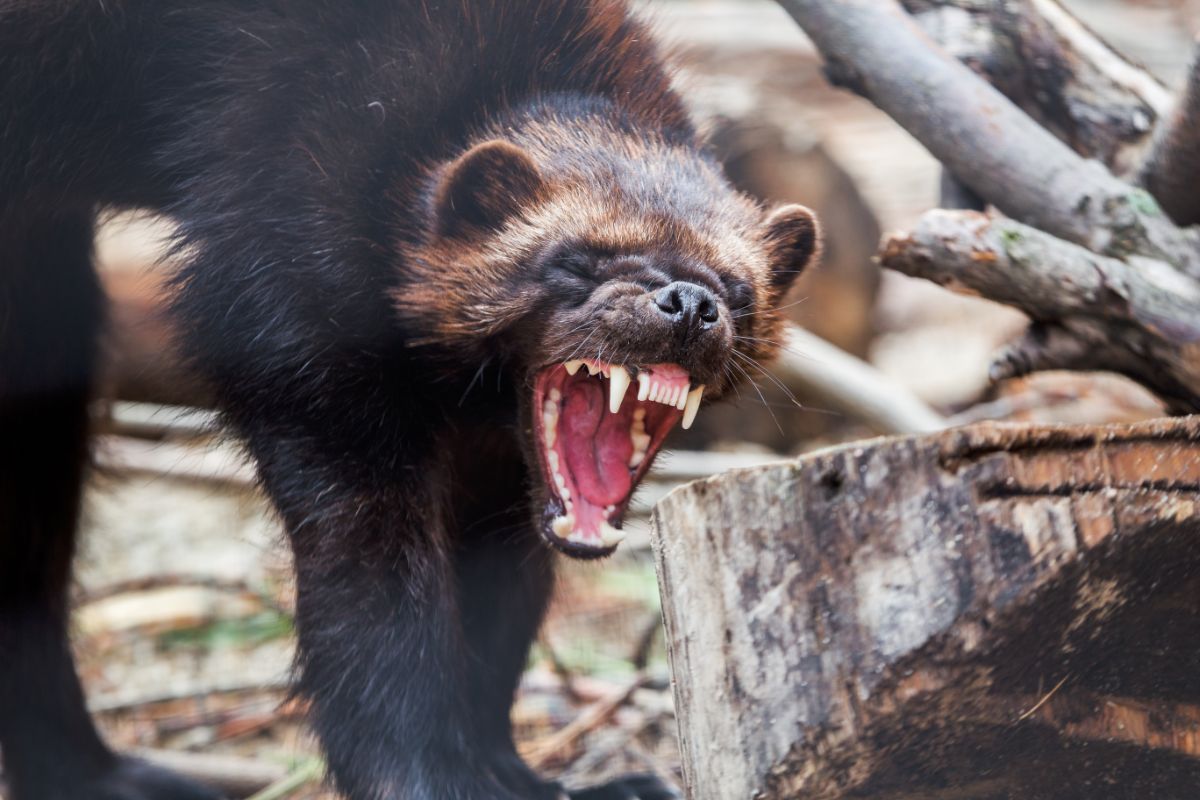
Why Are Wolverine Populations Declining?
Unfortunately, wolverine populations have been declining for some time, and much of it can be directly linked to human intervention.
At one point, due to their strength, and their perceived danger, wolverines were actually heavily persecuted, and thus they were actively purged by many local populations of many states.
At one point, wolverines could be found across all states in America, but since their persecution, they have largely been secluded in the Northern areas of the country.
While it is great that wolverine populations have managed to establish themselves in secluded areas in the North of the country, those same areas are now coming under threat.
Snowpack within Northern regions, which wolverines depend on for seclusion and safety, in order to birth their young, is reducing rapidly year upon year, meaning many wolverines have to continually venture for new habitats.
Many wolverine habitats are also being encroached on by human development and industry, as trees are torn down and carbon-producing buildings are left in their wake.
What Should You Do If You Spot A Wolverine?
If you spot a wolverine in the wild, make sure to remain calm and enjoy the opportunity.
Observe safely from a distance, because wolverines are very solitary, and can be scared away quickly and easily. Wolverines can also become quite dangerous if startled.
As well this, if you can, you should contact a local conservation team, or get in contact with a website dedicated to observing wolverines.
This will prove helpful for conservation efforts, as it will help conservationists to have an accurate record of population numbers!
To Wrap Up
As you can now see, helping to protect wolverines will take some considerable change, mostly on the governmental side.
The Endangered Species Act must be changed to recognize wolverines as endangered, as this will allow conservationists more funds to allocate towards saving them.
However, there are also smaller things that you can do on your own to help save wolverine populations, such as recycling and reducing your waste, to help reduce your carbon footprint and reduce the effects of global warming.
Frequently Asked Questions
How Do Humans Affect Wolverines?
Human behavior has had a great impact on wolverine populations over the years.
Wolverines have been persecuted and hunted for multiple generations, and now the effects of climate change and human expansion have caused wolverine habitats to come under threat.
What Animals Eat Wolverines?
The primary predators of wolverines, in the wild, are mountain lions, wolves, and bears, each of which is much larger.
How Strong Is A Wolverine Bite?
Despite their small size, wolverines are incredibly strong and muscular, allowing them to take on prey much larger than them. Part of their strength extends to their mouths which have a bite force of around 50 psi!
As well as this, the molars at the top of the mouth are slightly angular, to help them to break through bones.
- Why are skunks called polecats? - November 16, 2022
- Do Armadillos lay eggs? - November 16, 2022
- Can animals have down syndrome? - October 5, 2022




